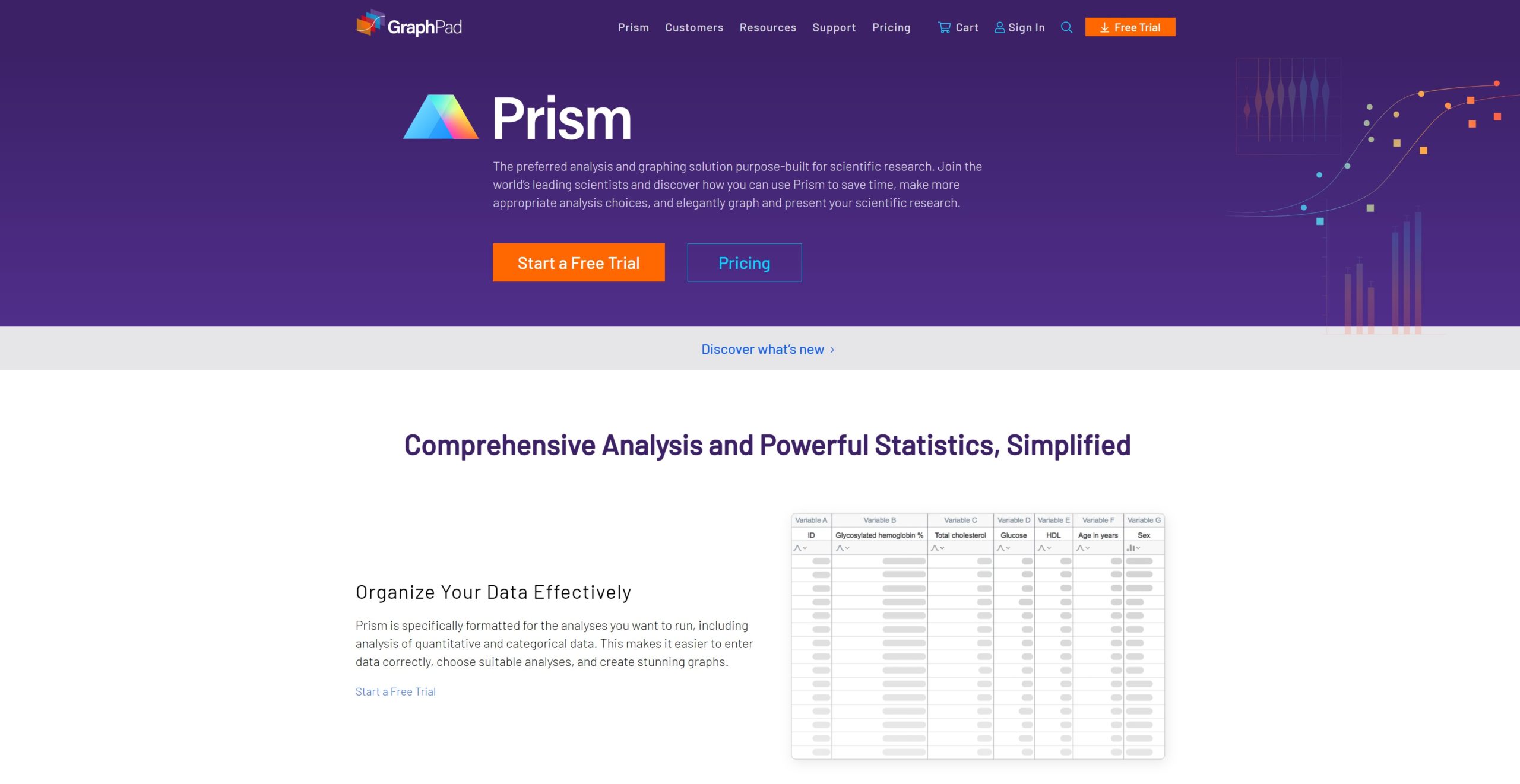

The relative risk for death was lower among patients who were not undergoing mechanical ventilation before transfusion ( 19). Mortality rates within 30 days after CCP transfusion were 22.3% for the high-titer group, 27.4% for the medium-titer group, and 29.6% for the low-titer group. In a nonrandomized observational study that evaluated 3,082 CCP recipients, transfusion was associated with reduced mortality rates among patients who received CCP that had a higher titer against severe acute respiratory syndrome coronavirus 2 (SARS-CoV-2).

Also in China, 10 critically ill patients received 200 mL of CCP with a neutralizing antibody titer of >640, which resulted in undetectable viral load and clinical improvement for 7 of the 10 patients ( 18).
CANCEL GRAPHPAD FREE TRIAL SERIES
The first case series reported from China suggested favorable outcomes for 5 patients receiving undergoing mechanical ventilation who received CCP on days 10–22 after hospital admission ( 17). Thus, CCP seems to be an attractive therapy because it is a potential source of neutralizing antibodies ( 15, 16). The presence of antiviral antibodies, in patient serum or in COVID-19 convalescent plasma (CCP), has been associated with more favorable clinical outcomes ( 14). In the past, passive antibody transfer by plasma or serum transfusion has been used clinically to treat other infectious diseases, including Ebola, influenza A, severe acute respiratory syndrome, and Middle East respiratory syndrome, as well as COVID-19 ( 9– 13). More recently, antiviral agents such as MK-4482/EIDD-2801 and PF-07321332 seem to be promising ( 7, 8). Thus far, there is no consensual agreement about specific therapy for this disease, despite several attempts to develop one ( 3, 6). Risk factors for unfavorable outcomes are older age, concurrent conditions, and perhaps but of lesser importance, blood type A ( 4, 5). The most common laboratory test alterations are lymphopenia and elevated serum concentrations of inflammatory biomarkers and D-dimers ( 3). Radiography or computed tomography of the chest usually reveals bilateral pulmonary ground-glass opacifications, mainly in posterior and peripheral areas of the lungs ( 2).

Typical signs/symptoms are fever, dry cough, dyspnea, fatigue, myalgia, anosmia, and ageusia ( 1).

We conclude that high-dose CCP transfused within 10 days of symptom onset provided no benefit for patients with severe COVID-19.Ĭlinical signs and symptoms of coronavirus disease (COVID-19) are pleomorphic, varying from none (asymptomatic) to life-threatening. Needs for invasive mechanical ventilation and durations of hospital stay were similar between groups. At day 30, death rates were 22% for CCP and 25% for the control group at day 60, rates were 31% for CCP and 35% for control. We enrolled 107 patients: 36 CCP and 71 control. Secondary outcomes were ventilator-free days and hospital-free days. Primary outcomes were death rates at days 30 and 60 of study randomization. Patients in the CCP group received 3 daily doses of CCP (600 mL/d) in addition to standard treatment control patients received standard treatment only. Patients with severe COVID-19 who were within 10 days of initial symptom onset were eligible.
CANCEL GRAPHPAD FREE TRIAL TRIAL
To assess whether high-dose coronavirus disease (COVID-19) convalescent plasma (CCP) transfusion may benefit patients with severe COVID-19, we conducted a multicenter randomized trial in Brazil.


 0 kommentar(er)
0 kommentar(er)
